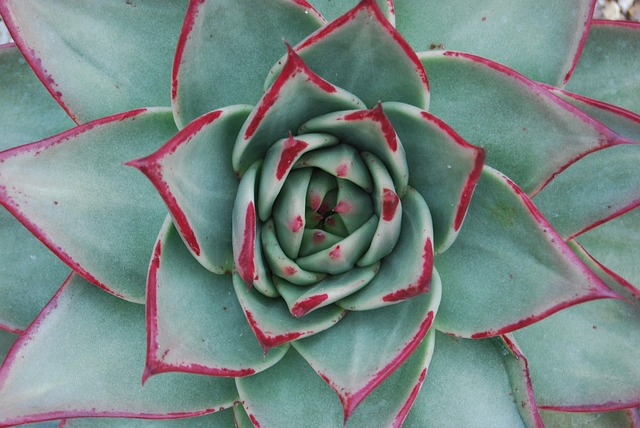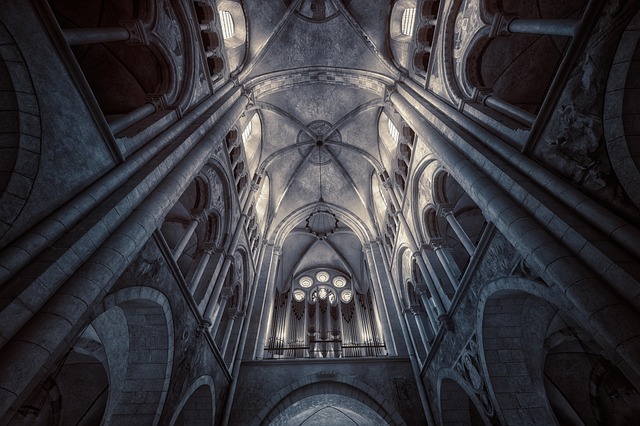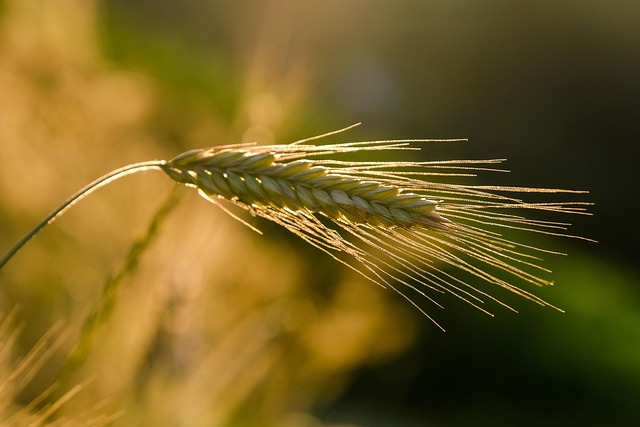The golden ratio, also known as the divine proportion, is a mathematical ratio that has captivated artists, architects, and thinkers for centuries. With a value of approximately 1.618, this unique number appears in various facets of nature, architecture, and artwork, rendering balance, harmony, and beauty in a way that is deeply pleasing to the human eye. As you delve into the realm of fine arts and culture, you’ll discover how pervasive the golden ratio is, transcending time and geography.
In the world of fine arts, the golden ratio provides artists with a toolkit for creating visually stunning compositions. Renowned works such as Leonardo da Vinci’s Vitruvian Man and Salvador Dalí’s The Sacrament of the Last Supper showcase the golden ratio’s effective application. These artists understood instinctively that by following this proportion, they could guide the viewer’s gaze and evoke powerful emotions.
The aesthetics embedded in the golden ratio extend beyond individual artworks; they find their way into entire artistic movements. The Renaissance, a period celebrated for its renewal of classical ideals, showcases numerous instances where this mathematical principle was employed to bring about a sense of depth and perspective. Through its understanding, artists were able to push the boundaries of creativity and express their thoughts visually, exploring themes that resonate deeply within the human experience.
Moreover, culture is interwoven with the golden ratio, enriching traditions and symbols with its mathematical elegance. Some cultures utilize this proportion in their architecture, leading to the construction of awe-inspiring structures. The Parthenon in Athens is a quintessential example; its proportions are said to be derived from the golden ratio, creating a structure that exudes beauty and harmony, inviting awe and admiration from all who behold it.
The significance of the golden ratio extends even to the natural world, where its presence can be seen in the arrangement of leaves, the branching of trees, and the spiral of shells. This connection to nature instills a sense of unity in art and culture because the same principles that govern our understanding of beauty in art also resonate within the organic structures of the world around us. This interplay reflects an intrinsic human desire to find connections, whether through visual arts or cultural experiences.
As artists today experiment with new and innovative techniques in drawing, the golden ratio remains a guiding principle that provides a touchstone for aspiring creators. With every stroke of the pencil, the proportional guidance of the golden ratio can dictate the flow and structure of compositions, allowing artists to breathe life into their imaginations. It encourages us to explore balance while giving us a framework to convey our narratives compellingly.
In experiencing art inspired by the golden ratio, we are not merely observing; we are participating in a legacy that has touched countless lives across societies and epochs. It invites us to engage in a dialogue about the relationship between mathematics and aesthetics, challenging us to think critically about how we interpret and appreciate the world around us.
In essence, the golden ratio acts as a bridge connecting the mathematical and the artistic, reminding us that at the heart of culture and fine arts lies an eternal quest for beauty and meaning. Whether through visual art, architecture, or the inherent patterns of nature, exploring the golden ratio offers an opportunity to reflect on our humanity and the universal principles that guide our appreciation of beauty.




